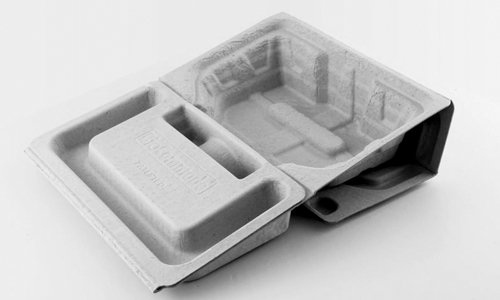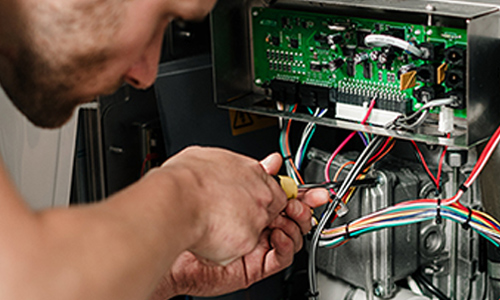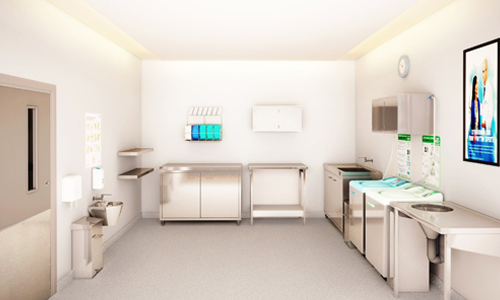How To Meet The Latest Criteria For Care Home CQC Inspections
CQC inspections for care homes are changing to accommodate the latest demands on infection control – and they’re happening right now.
As of February 2021, the CQC released a new set of inspection criteria for care homes, focusing on infection prevention and control (ICP).
With the COVID-19 pandemic putting care home residents at high risk, the latest criteria seeks to gather information about each care home’s strengths and identify any gaps or concerns about infection control.
CQC inspectors will look to answer a series of questions about your care home and its infection control standards. The full list can be found here.
If you haven’t had an inspection this year, you can expect these criteria to form part of your next assessment. Fortunately, infection-fighting innovations are advancing rapidly to keep up with the latest demands. There is likely to be new technology available to you, even since your last inspection.
Prevent COVID-19, keep your staff and residents safe from infection and improve your CQC rating. DDC Dolphin makes it possible.
Register for your free infection control audit today
Here’s how the latest infection-fighting methods can help you to protect your residents and ensure your next CQC inspection is stress-free.
Are All Types Of Visitors Prevented From Catching And Spreading Infection?
The COVID-19 pandemic placed tight restrictions on care homes, with casual visitors often prohibited. However, the wellbeing of residents often hinges on safe interaction with their loved ones. You’ll no doubt hope to allow these visits as soon as it’s safe enough to do so.
Third party visitors such as engineers, cleaners and medical staff are often integral to care home operations and will have special permission to call in. These essential visits must be orchestrated safely, too.
During your CQC inspection, you’ll need to show that all types of visitors are kept safe from infection, as well as preventing the spread of infection to your residents.
DDC Dolphin’s UVMATIC® and UVMATIC® Plus Air Purification Systems can provide an extra barrier against infection when essential visits are unavoidable.
Completely automated and chemical free, the UVMATIC® and UVMATIC® Plus draw in polluted air and treat it using UV light and photocatalytic oxidation. Proven to destroy viruses such as influenza as well as E. coli, salmonella, and similar bacteria, they are highly effective in removing unpleasant smells, as well as killing bacteria.
This passive approach to infection control will work in the background, 24 hours a day, to destroy airborne bacteria which may be brought in by visitors, as well as bacteria which may linger in your facility already.
Does the Layout of Premises, Use of Space and Hygiene Practice Promote Safety?
The CQC will use this inspection point to take a detailed look at your cleaning practices.
In particular, inspectors want to see that cleaning staff have specific schedules, which includes cleaning of high touch areas such as light switches, keyboards, door handles.
Alongside your scrupulous cleaning regime, antimicrobial surfaces can provide a powerful layer of extra defence by destroying dangerous microbes on contact.
The Hygenex® Recoat® Antimicrobial Coating System makes it easy to apply antimicrobial coatings to your surfaces and – better yet – the results can last for up to six months.
The system is supplied in two spray bottles and is easy to apply:
- Spray the Surface Cleaner onto the surface or item you want to protect.
- Clean surface thoroughly, removing all dirt and grease.
- When dry, spray the Antimicrobial Protector over 80% of the surface.
- Spread evenly over the surface using a damp microfibre cloth.
- Leave to dry (touch dry in 15 minutes, ready to use in 3 hours).
Once the coating is dry, the surface is antimicrobial. For additional peace of mind, presence of the antimicrobial coating can be identified with a UV light.
The Hygenex Recoat Antimicrobial Coating System has been scientifically proven to protect against major HCAI’s including E. Coli, MRSA, staph aureus and SARS-CoV-2. On average, a bottle of Hygenex Recoat Antimicrobial Protector will cover 200-300 door handles and around 500 light switches, providing an unparalleled level of safety for high touch areas.
DDC Dolphin will help you manage your infection control costs and provide quality care, every day.

Are You Decontaminating Your Bedpans and Urinals Effectively?
The regulations assessed by your CQC inspection are drawn from guidance by Department of Health. The resource ‘Prevention and Control of Infection in Care Homes’ details how you should be managing human waste within your facility, including how you sanitise bedpans and urinals.
The guidance specifies:
‘Dispose of single-use items in a macerator. If reusable, heat disinfection in bedpan washer–disinfector (e.g. 80°C for 1 minute). Store dry.’[1]
It is not advised to wash re-usable bedpans by hand. Similarly, if you are using pulp bedpans and urinals, you should not be bagging and binning them
The most appropriate way to clean your re-usable bedpans is by using a washer disinfector.
Designed to empty, wash and disinfect reusable human waste containers such as bedpans, commode pots and urine bottles, DDC Dolphin’s Panamatic range of bedpan washer disinfectors incorporate the most advanced infection control technology. You can rely on them to provide the most hygienic foundation for your re-usable bedpan strategy.
Re-usable pulp bedpans, by contrast, should always be disposed of in a pulp macerator.
Designed to pulverise and dispose of both single-use medical pulp containers and human waste, DDC Dolphin’s range of Pulpmatic bedpan macerators are the sluice room equipment of choice for thousands of healthcare facilities around the world.
By using the right technology in your sluice room, you’ll make strides in preventing infection and prove that your strategy for doing so is robust.
What Improvements Have Been Made Since Your Last Inspection?
We’re a whole world away from pre-pandemic life.
With infection control marching to the top of every healthcare priority list, you’ll be expected to show the CQC that your care home has adapted to these changing demands.
In the last year, technology to prevent infection has advanced quickly. By investing in these new – be it UV technology, antimicrobial surfaces or the latest macerator - you will show that your care home has risen to the challenge.
It’s Not Too Late To Bring The Latest Technology To Your Care Home.
Doing so could make a big difference to your performance alongside the latest CQC regulations.
The infection control experts at DDC Dolphin are happy to explain more about the latest infection control innovations and ensure that you are adequately prepared, both now and in the future.
Don’t fear your next CQC inspection. Be ever-ready with DDC Dolphin.
Get a free audit of your existing solution
[1] Prevention and control of infection in care homes – an information resource, Department of Health, 2013, p.55




